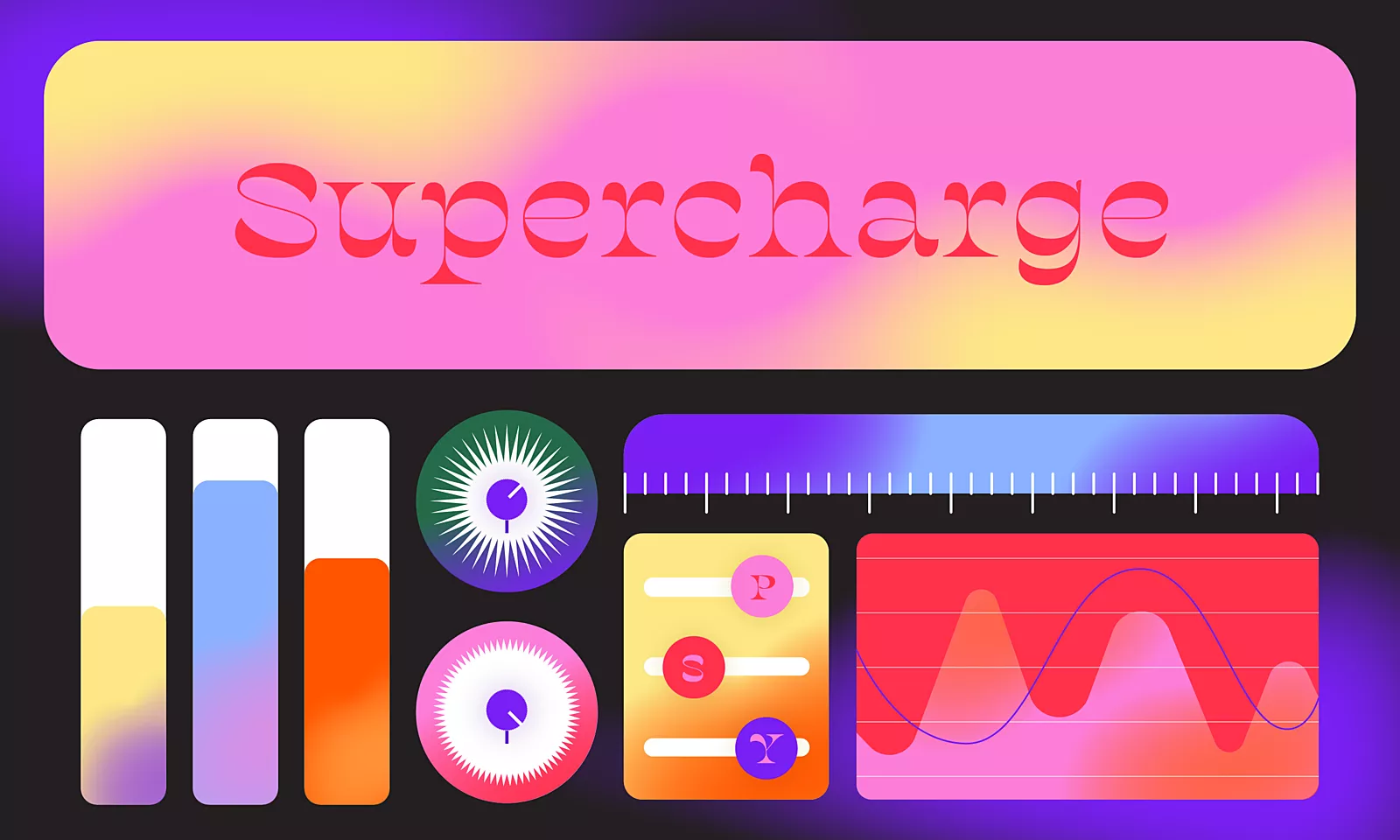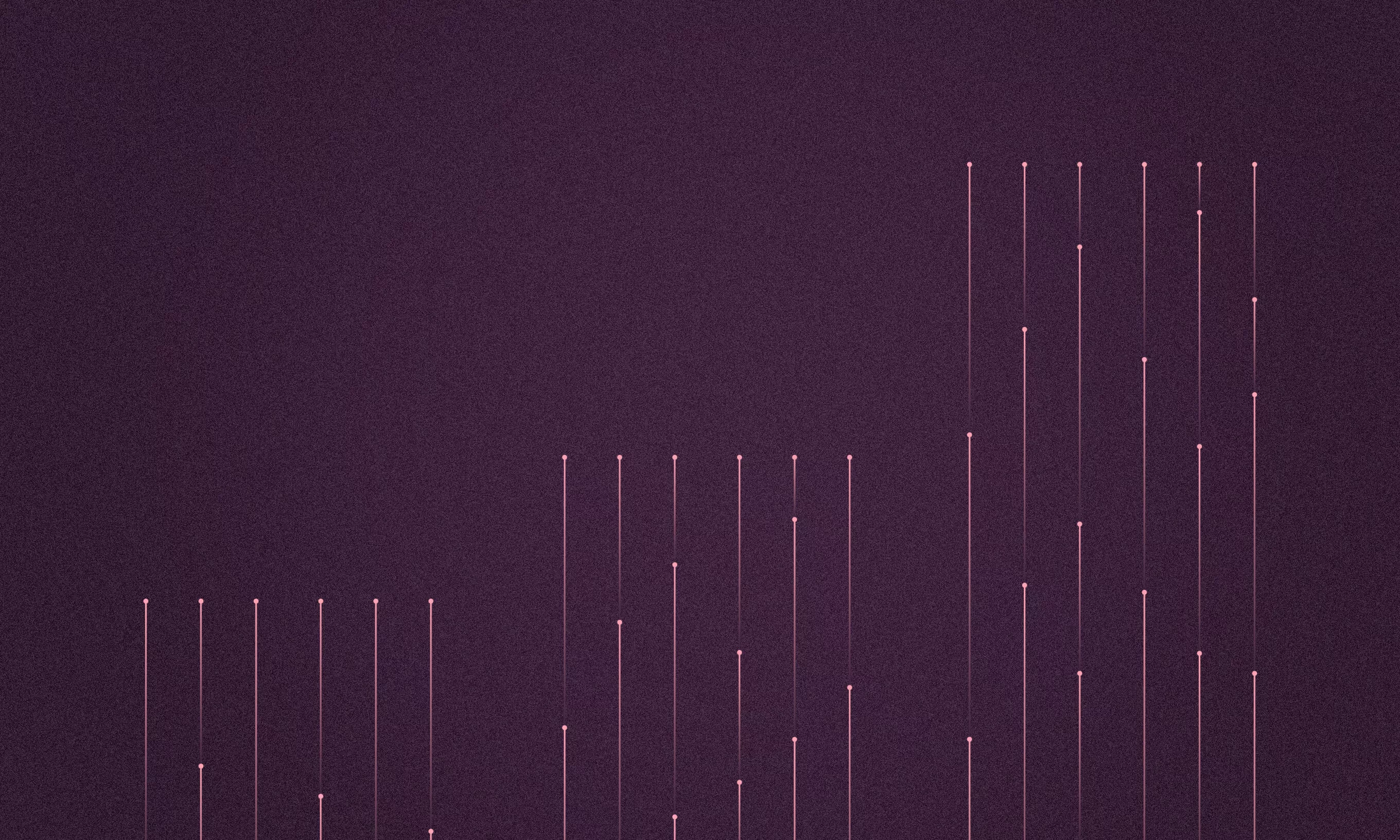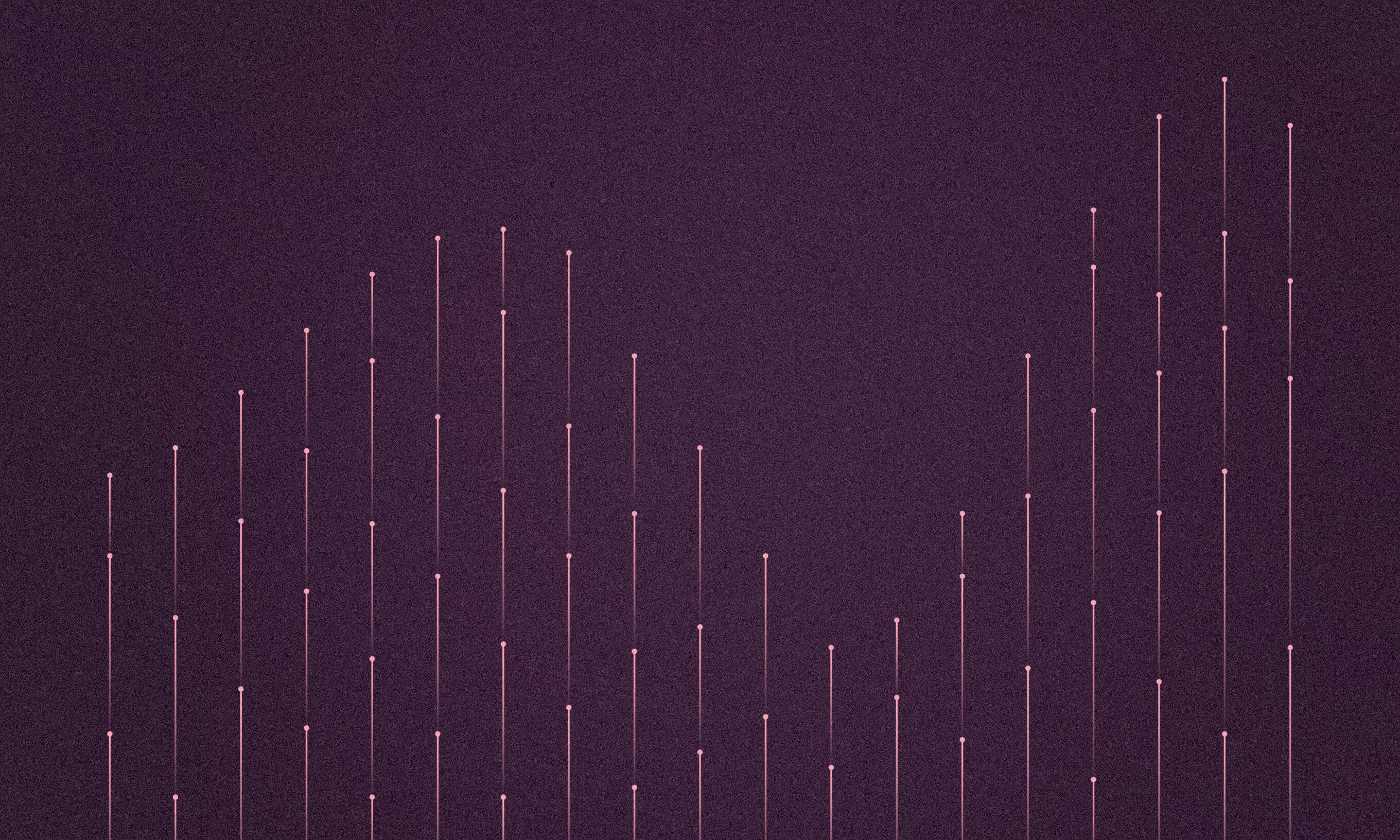Every emerging brand entering a saturated market understands how hard it is to compete with established brands. After all, why should a customer steer from a well-trodden path and into the unknown?
Recent research by Google revealed the psychological factors that make an offer irresistible to customers, based on experiments run with 31,000 participants.
Consumer’s decision-making process
Google’s report offers an in-depth exploration of user decision-making process when making a purchase. This blog post only covers the section on the six psychological factors ie. biases which affect the purchasing process from the report.
This graphic sums up the decision-making model neatly:
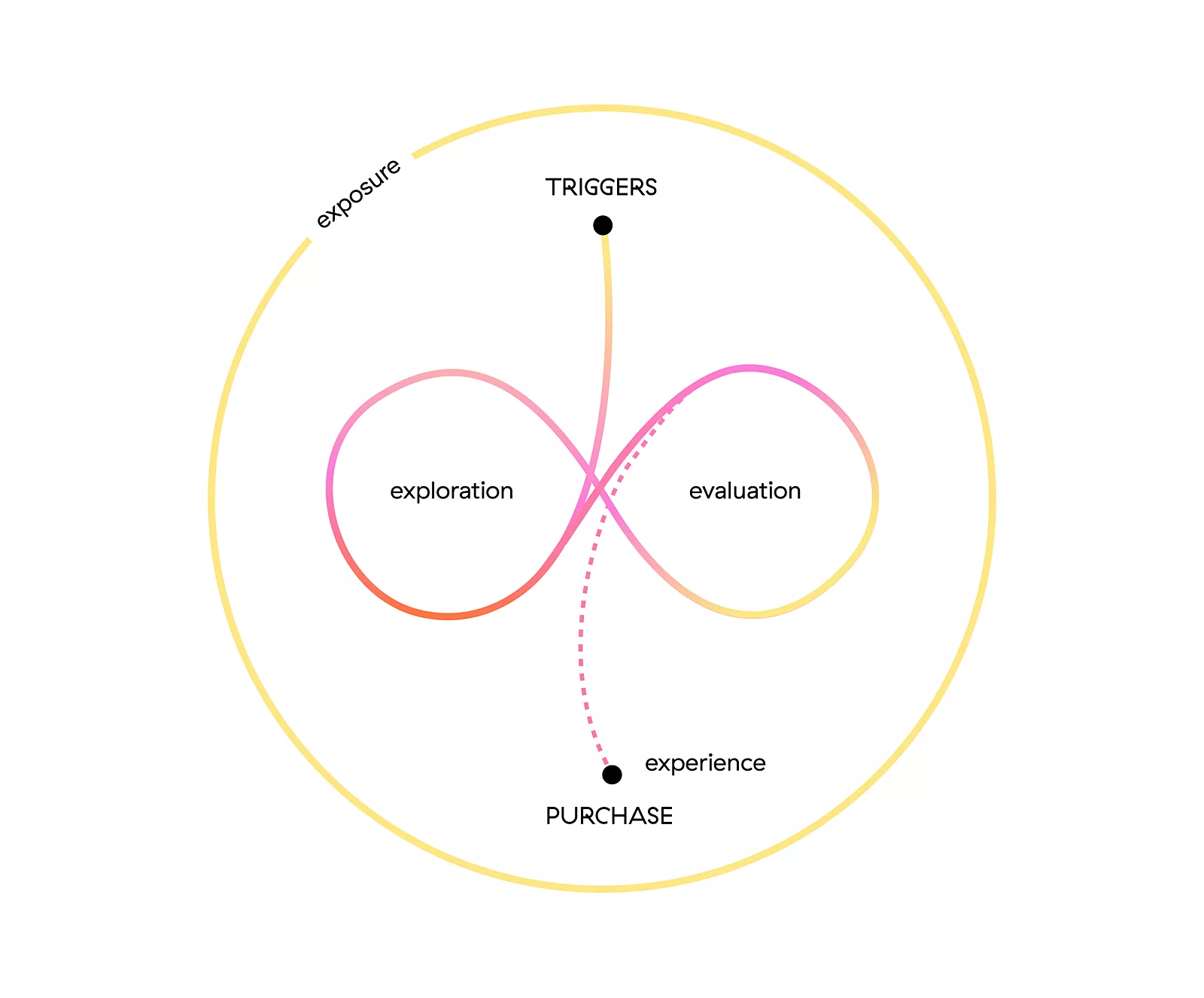
- Exposure: Getting consumers acquainted with your product or service.
- Trigger: The situation or need that kick-starts the search for the product.
- Exploration: Adding options into the decision pool.
- Evaluation: Comparing options by looking at important aspects of the product.
- Infinity loop of exploration and evaluation: The two mindsets consumers switch between seamlessly.
- Purchase: Locking in the purchase.
The infinity loop is the key. When you get there, you’ll need to persuade people to stick with you and not go looking for one more option to review.
Six psychological biases
Google’s report explores six psychological biases well-established and well-researched in behavioral science and tests their effectiveness against consumers purchasing products across various categories.
Let’s take a closer look at individual biases and elaborate on how to utilize them to have a chance among established competitors.
Free
“Free” is a magical word. Just hearing it gives humans a dopamine rush.
Economics assumes that a dollar drop in price has the same effect on all price levels. This means that lowering the price from $120 to $119 should affect the demand in the same way as dropping from $1 to $0, right? Wrong.
Free is an unbeatable bargain, and it magnetically draws our attention and decision-making toward 0-payment options.
Social proof
If you think about the fact that a solitary confinement is considered the worst punishment our society doles out to someone, you’ll realize just how social we are as human beings.
In the context of shopping, looking for reviews is like crowdsourcing your decision-making. It’s simple, time-effective, and very often accurate. This famous psych experiment showed just how powerful the opinion of others is.
Authority
It may be hard to believe in the age of influencers and their paid advertisements, but people still rely on authority when making decisions. Similar to social proof, endorsement of a domain authority serves as a shortcut in the decision-making process.
Category heuristics
Heuristics are mental shortcuts we take when making a decision. Category heuristic says that people like things that fall neatly into categories and are explained in simple terms. The ease of processing information about a product or service works like a cue in our decision-making process. Psychologists refer to it as processing fluency.
Processing fluency may even hurt or boost your stock portfolio in the short-term. People falsely attribute the ease of pronunciation with the soundness of the decision to buy, so a company’s shorthand name at the stock exchange that is easier to pronounce may lead to higher stock returns, like in the case of TSLA for Tesla.
Power of now
We’re hardwired to prefer immediate rewards to future ones. In the African savannah, life was hard, and each step could be your last. That’s why evolution has favored people with the “I want it all right now” mindset.
Our brains hadn’t had time to adapt to the new abundance of our environment. We still prefer now over the future. Just think how many people are trying to diet and fail again and again. It’s hard to beat the appeal of instant gratification.
Scarcity
We (often) want what we can’t have. Be it a PlayStation 5, a table at a restaurant, or an extra day of the weekend. The moment something stops being available, its psychological value goes through the roof.
Limited stocks, time-limited offers, and limited editions have been an ace in marketers’ sleeves for quite some time. It’s an old but still very effective nudge when people are making purchasing decisions.
The research: Choose between the two
Having introduced the purchasing behavior model and the six psychological biases Google’s team verified in their experiments, let’s see how they conducted the research.
Participants were asked to identify their favorite and second favorite brand across several industries. After that, they would get a preference question and asked to decide on a favorite between the two brands.
There were three variations in the experiments:
- Favorite vs. second favorite, with no other attributes changed
- Favorite vs. second favorite, with the second favorite supercharged with psychological biases
- Favorite vs. fictional brand, with the made-up brand supercharged with psychological biases
How did favorite brands fare?
You’d think you’re safe if you’re the favorite, right? This only flies if you’re the only option. Introduce another one, and it’s only human to start comparing the two.
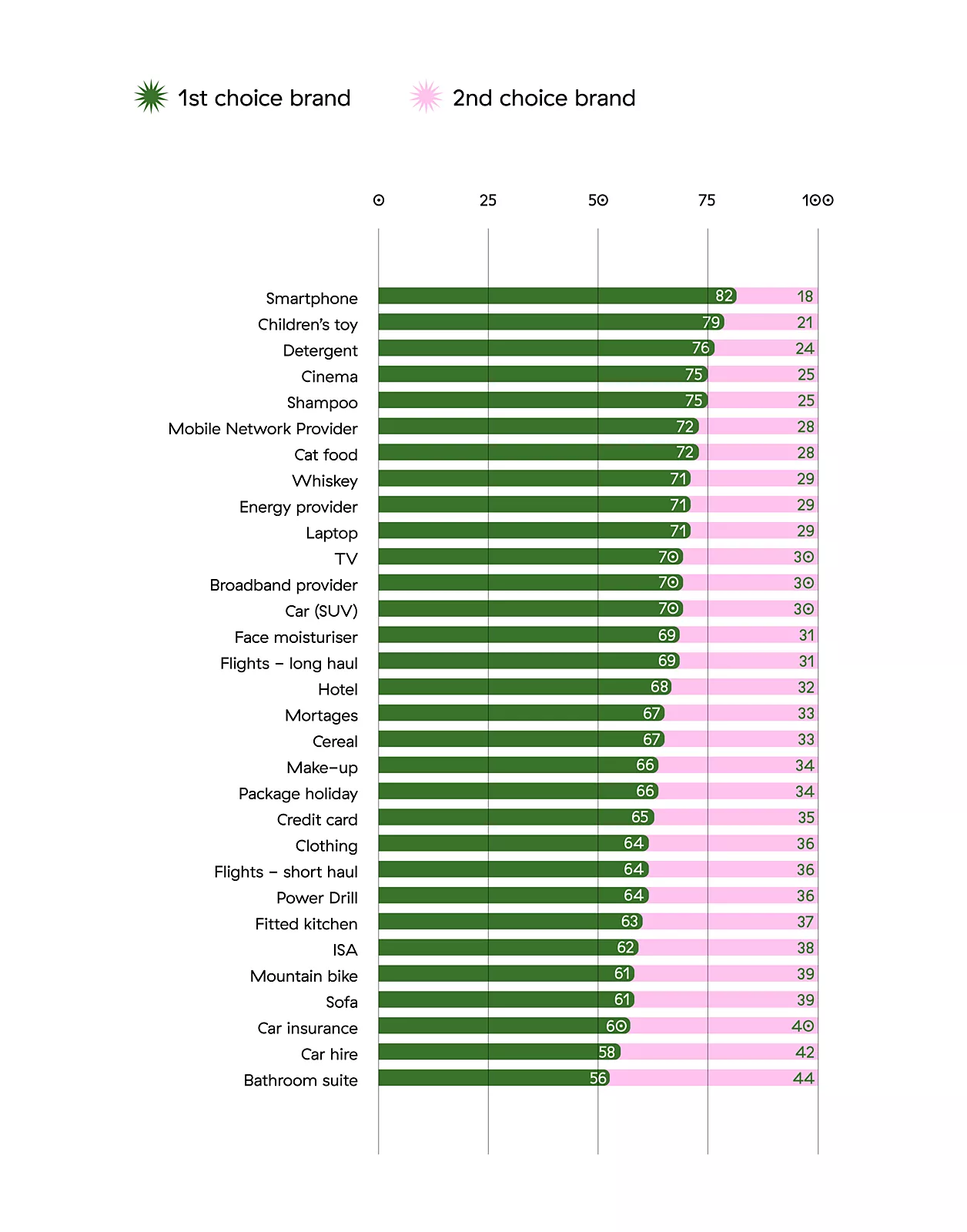
Simply adding in a second favorite into the mix chipped away some of the favorite brand’s share. Even without any biases, special benefits, or discounts, simply existing in the evaluation phase could boost a brand’s sales.
However, that boost is child’s play compared to the nosedive favorite brands took after second-favorite brands pulled out the big guns.
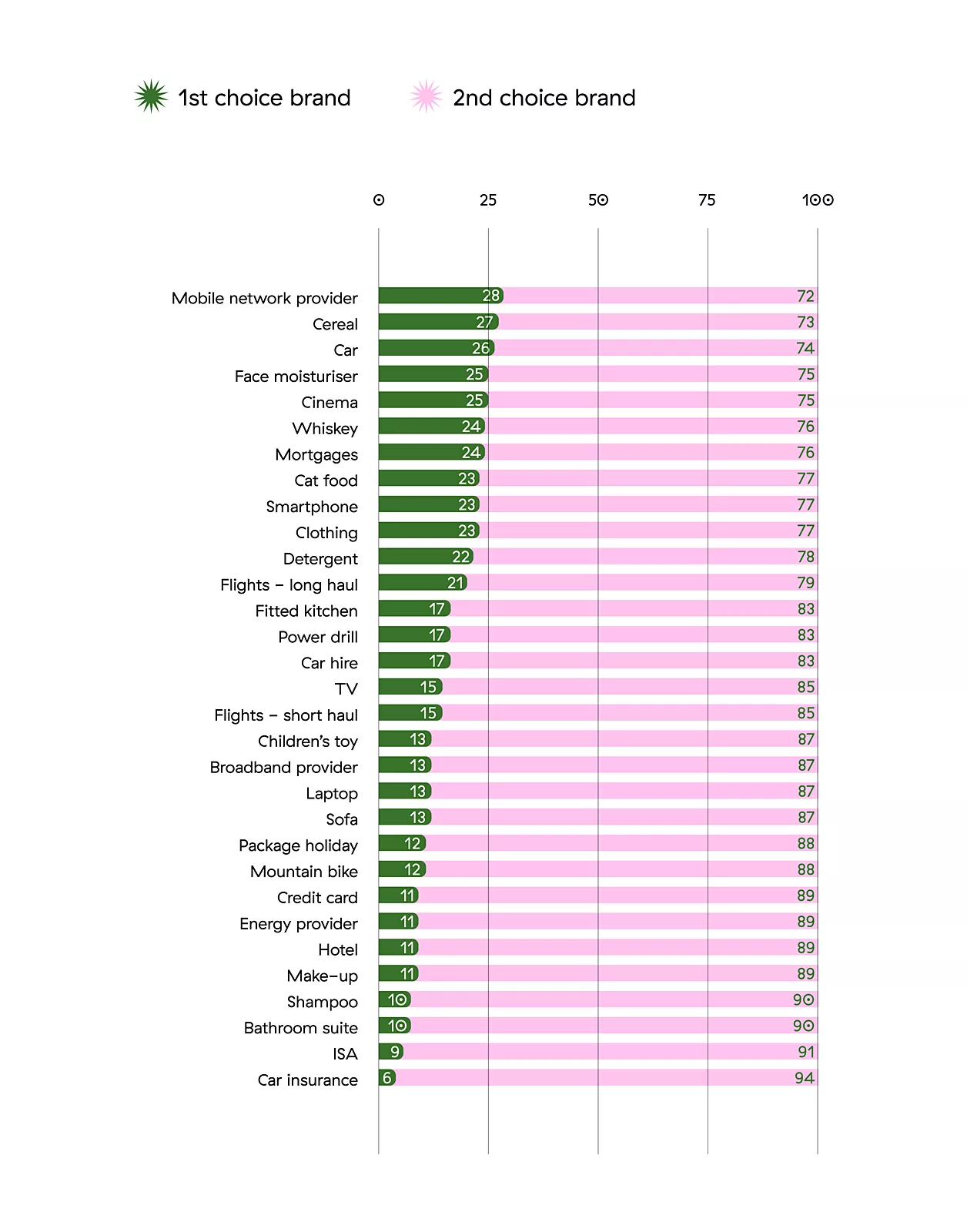
To be honest, this was an unfair fight: High brand equity of favorite brands pitted against second favorite’s same-day delivery, limited-time offers, stellar reviews, and other benefits based on psychological biases.
The game got really interesting when the exact same drill was repeated with made-up brands were introduced. We’re talking about brands literally nobody has ever heard of! Yet, when their offers were supercharged with the six psychological biases, they were irresistible to many.
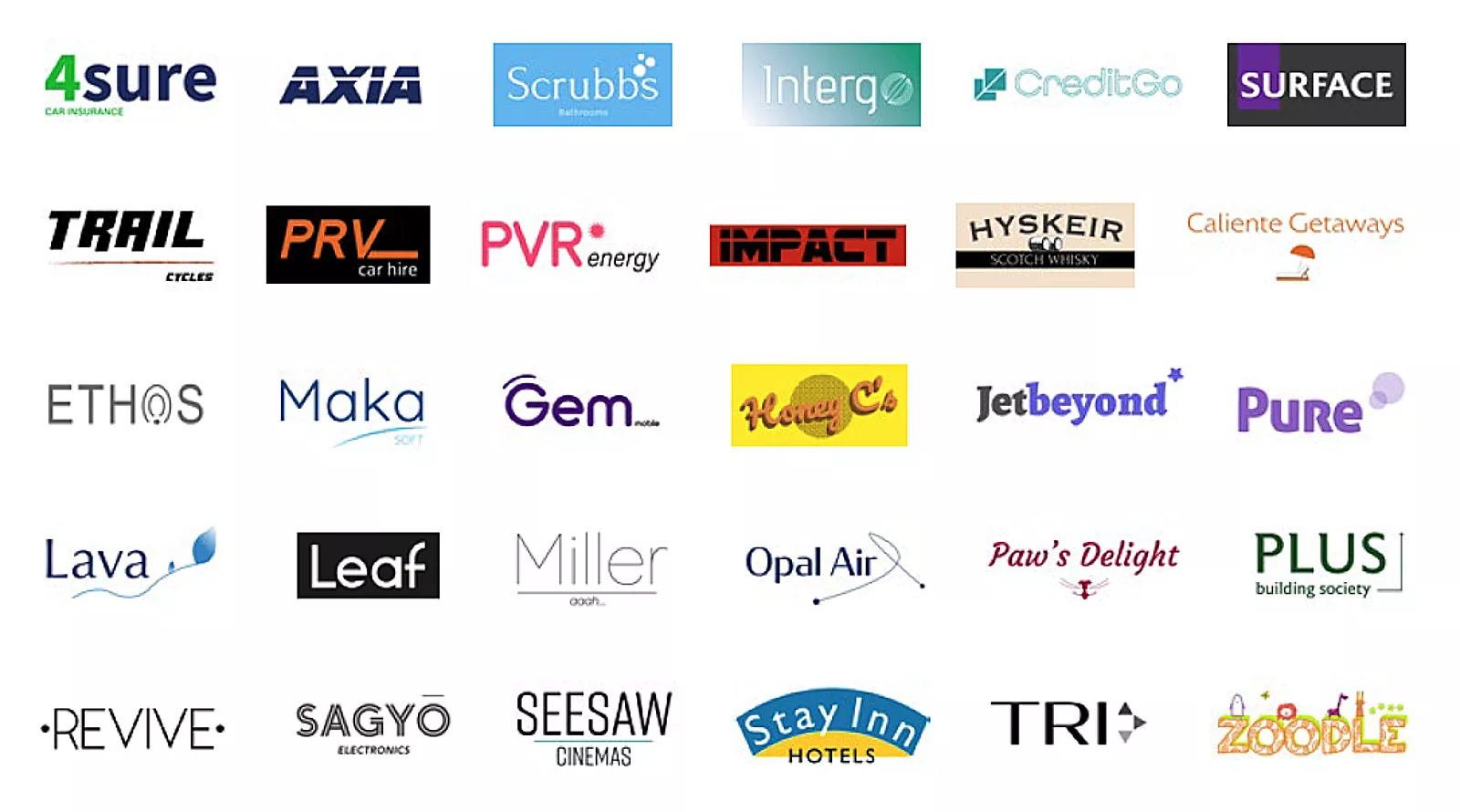
Here’s what happened when the made-up brands challenged the favorite brands, supercharged with psychological biases.
Favorite brands got severe flak from no-name brands, with the exception of FMCG brands, which tended to be most resilient to supercharged second favorites and made-up brands.
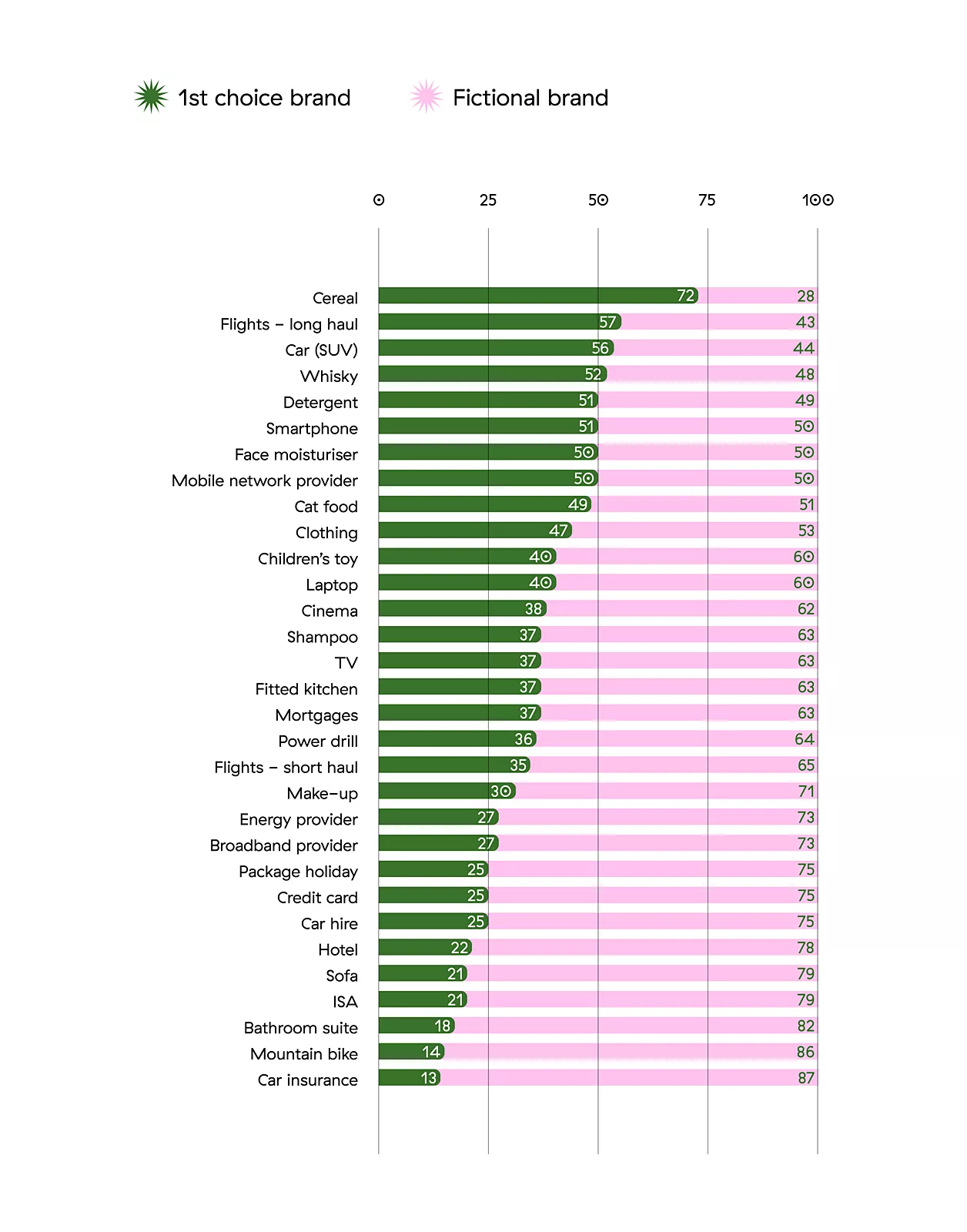
Competing with bigshot brands? Behavioral science can help
When it comes to products consumers can hold, touch, and taste, like cereal or whisky, brand equity seems to become more robust when challenged.
The good news? Google’s report shows that challenger brands can boost their chances when fighting industry giants by applying behavioral science to their advantage.







